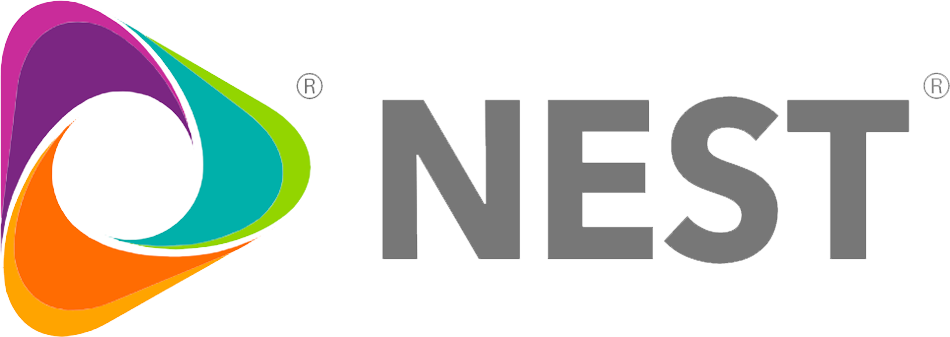Facilities management is one significant area of every retailer’s budget that’s somewhat variable. However, many CFOs don’t have the data they need to make the cost-saving adjustments to their FM spend that will impact the bottom line.
Wrapping your arms around what’s happening across your network of stores is difficult in the retail industry. But it’s imperative to understand how stores are operating to keep costs under control, and even save money—an increasingly important achievement as shopping shifts to ecommerce.
Not surprisingly, the path forward for better managing facilities is data. Traditionally, retail executives are left with disparate reports on work orders, utilization, rates, store performance and more. But marrying those reports together to view useful data and draw conclusions that are accurate and actionable takes serious time.
Here are three ways to gain greater control over your facilities management that can impact your budget and your bottom line.
Gain visibility for easy budget/forecast tracking
If you don’t know what you’ve paid and what you’ll owe, you’ll run into forecasting problems. It’s vital to understand what has been paid for already, what has been billed and not paid, and what service has been completed but not billed. Without knowing these three numbers at any given time, you don’t have the full picture of your FM spend, and you can’t make adjustments if necessary.
Make sure stores meet SLAs
Appearance matters, especially at your stores. So it’s important to understand how stores are being cleaned and maintained across your network. Is facility maintenance meeting service level expectations (SLAs)? Are vendors completing work in a satisfactory and timely manner? When issues arise with a service provider, you and your team at headquarters need to know about it as soon as possible so you can make the necessary changes, like finding a new vendor that does comparable work at the same price.
To do this, put a quality assurance plan in place to regularly review stores and maintenance work so you can understand what’s happening across your stores, ensure stores are meeting SLAs and make data-backed decisions for improvement.
Be flexible
When you have full visibility into your finances and you can see how your stores are being managed, you have the power to be flexible with your budget and services. For example, if you own stores that are located at a beach destination, your busy season brings with it significantly more foot traffic, and a significantly higher need for HVAC maintenance. However, when the beachgoers return to work and school through the fall, winter and spring, there are significantly fewer patrons tracking sand into your stores and through your HVAC system.
Gaining visibility into your data gives you the opportunity to step back and think more strategically about your business. It provides the opportunity to move toward customizing maintenance programs that lend themselves to inherent cost savings. And that can create the greatest outcome of all—improving your bottom line.
For more industry discussions, follow us on LinkedIn!
Want more guidance on the best ways to bring in cost savings to help drive hte bottom line? Click Here







